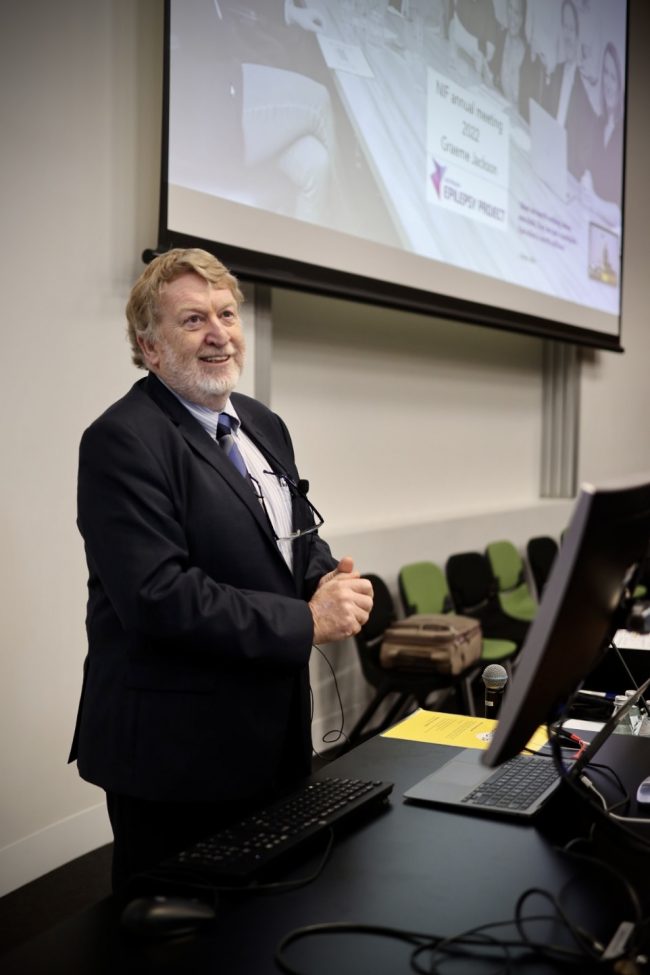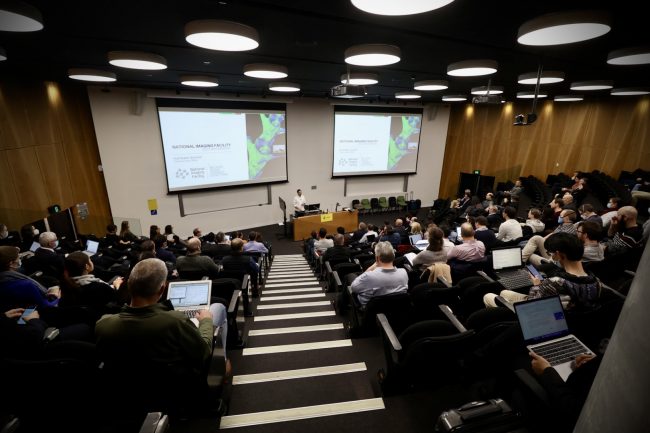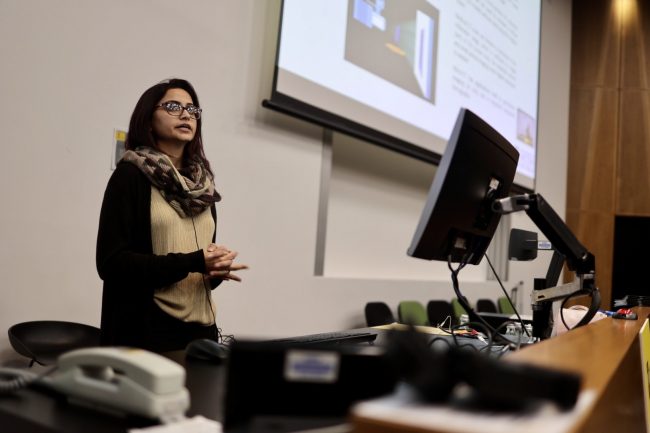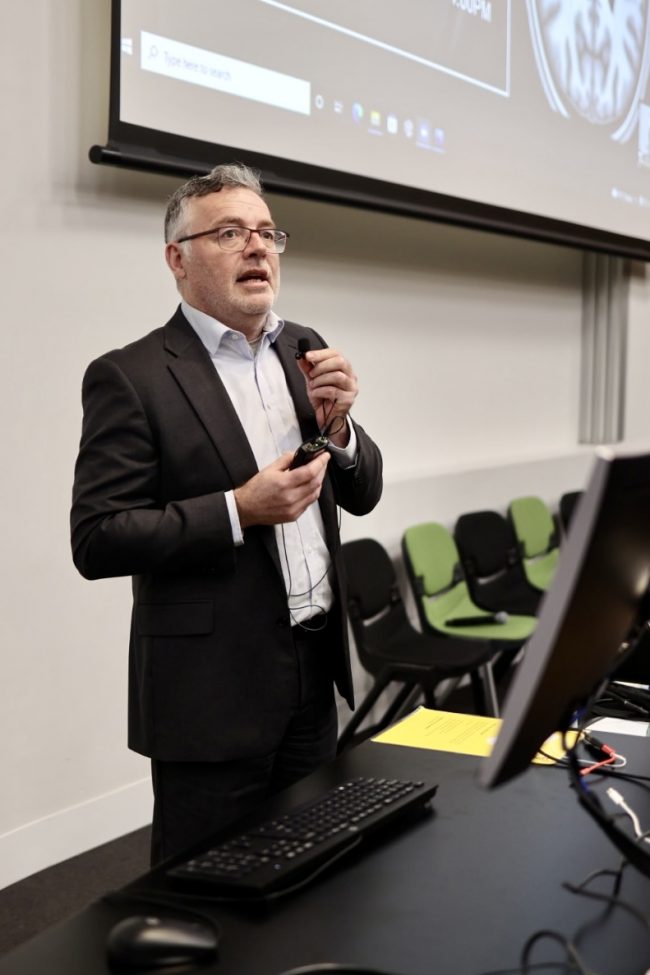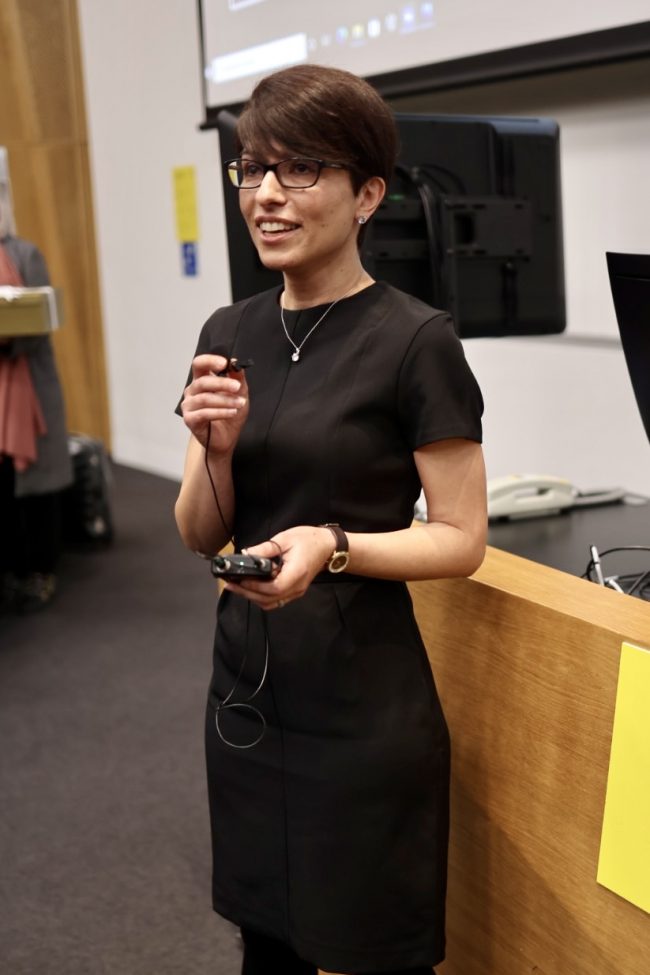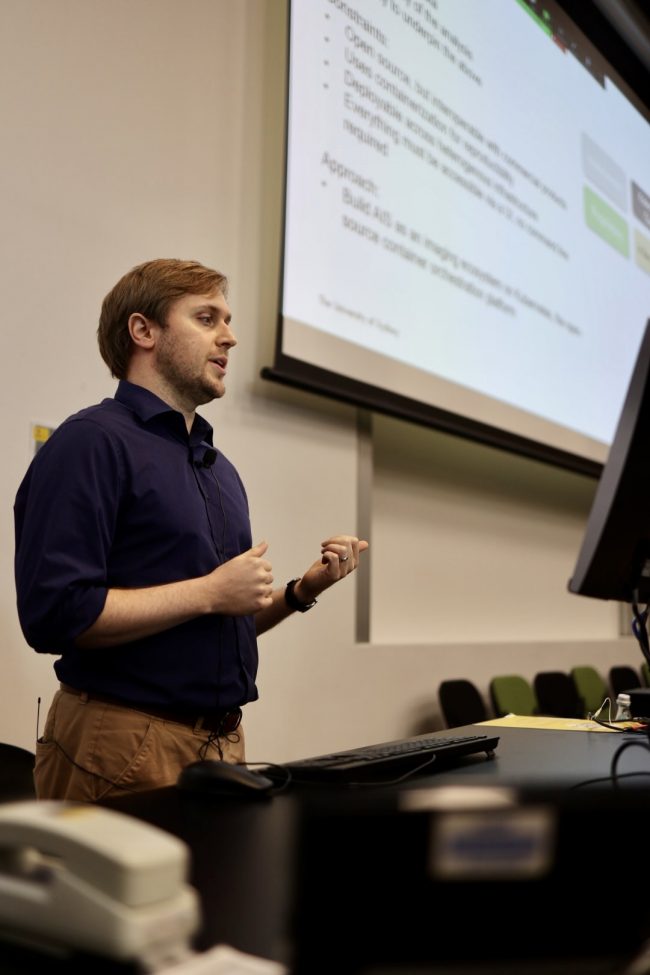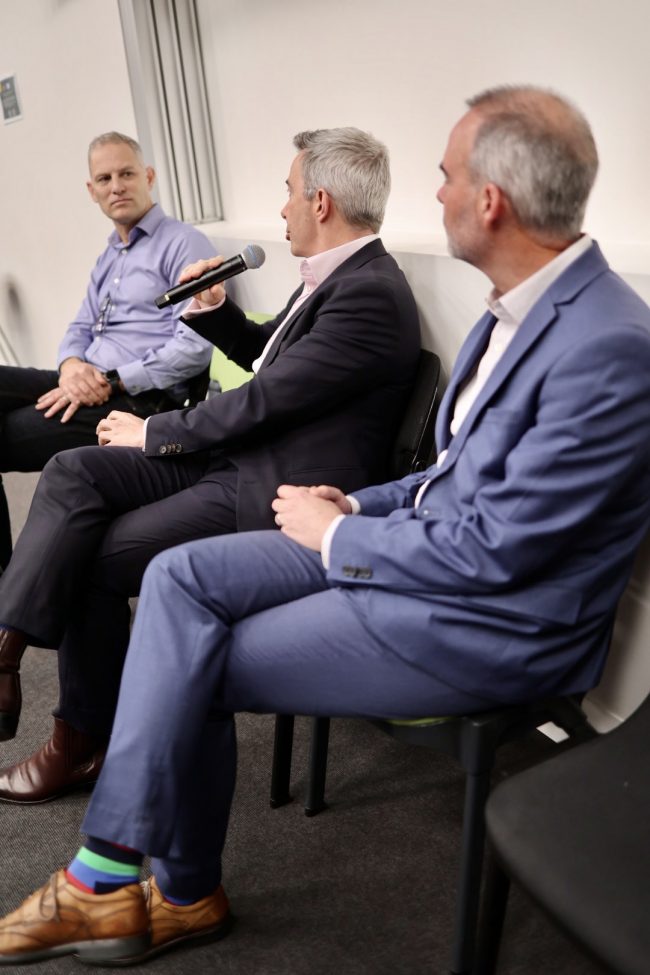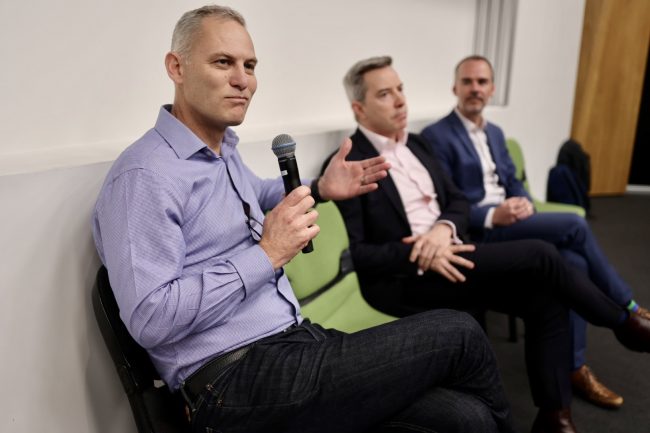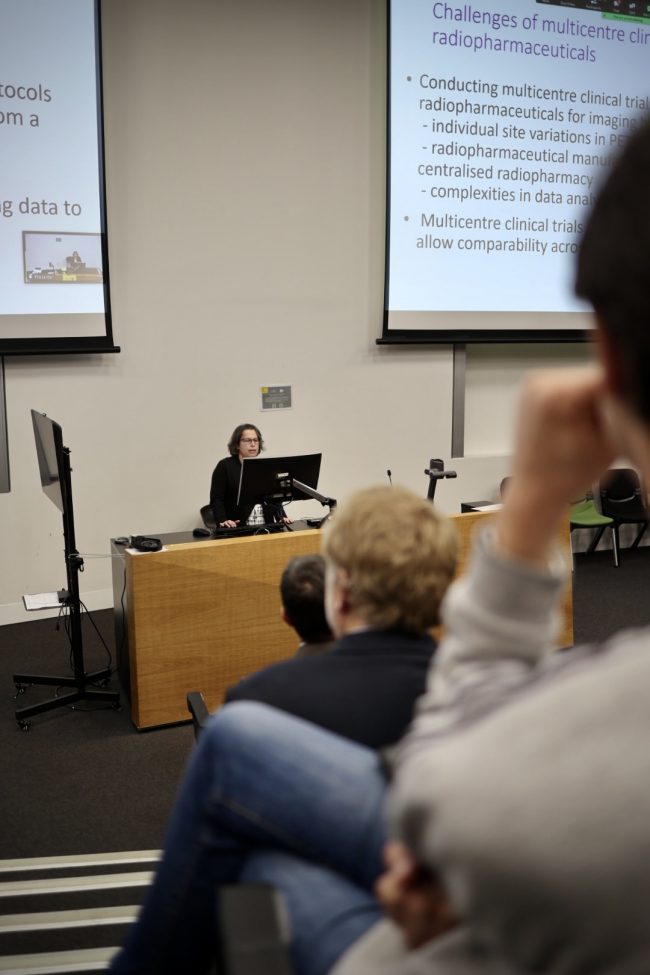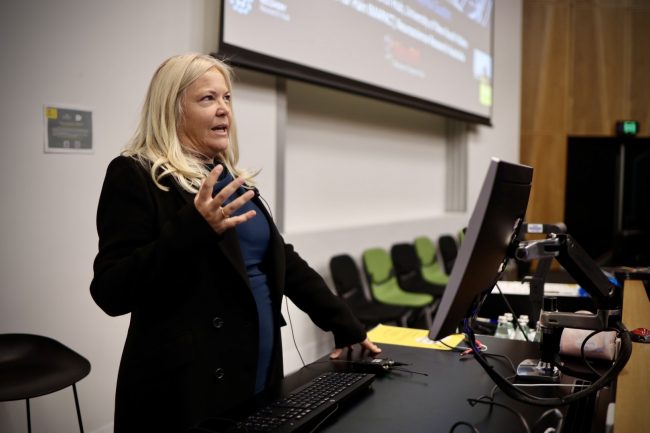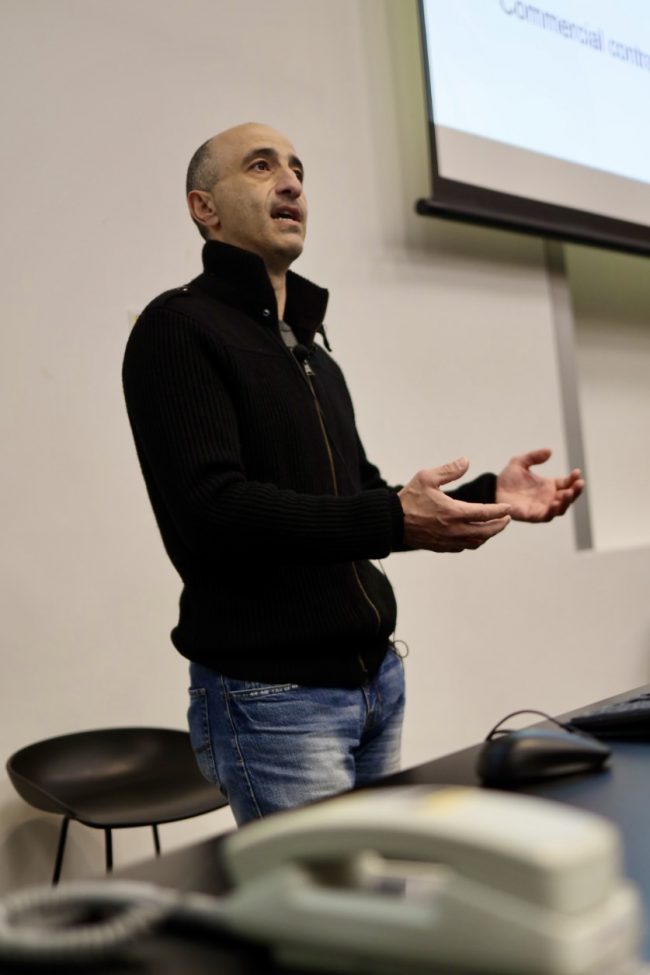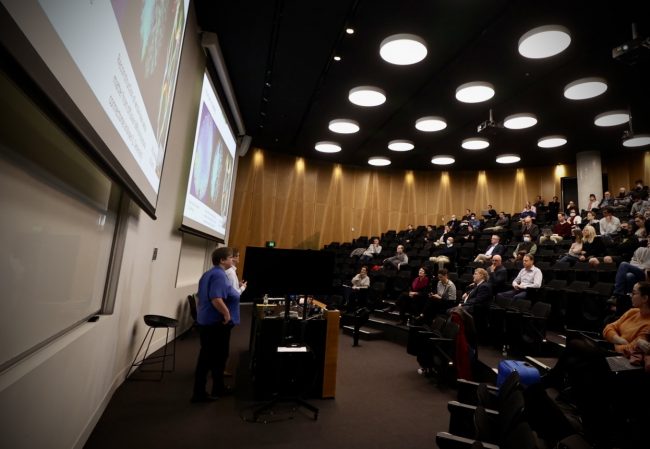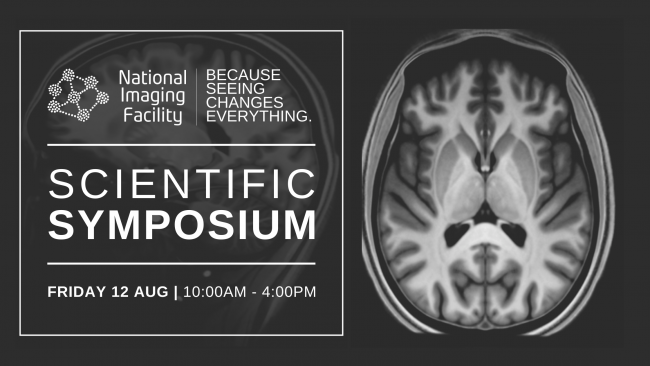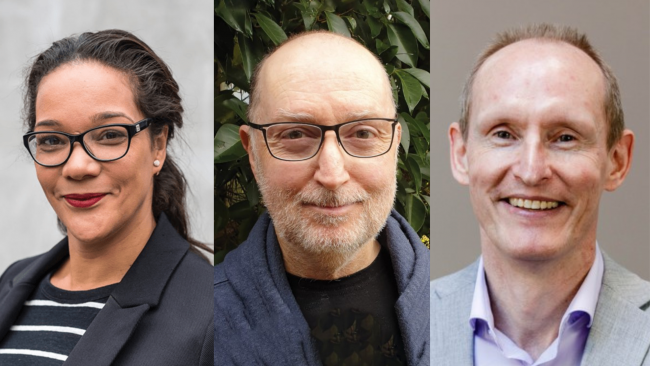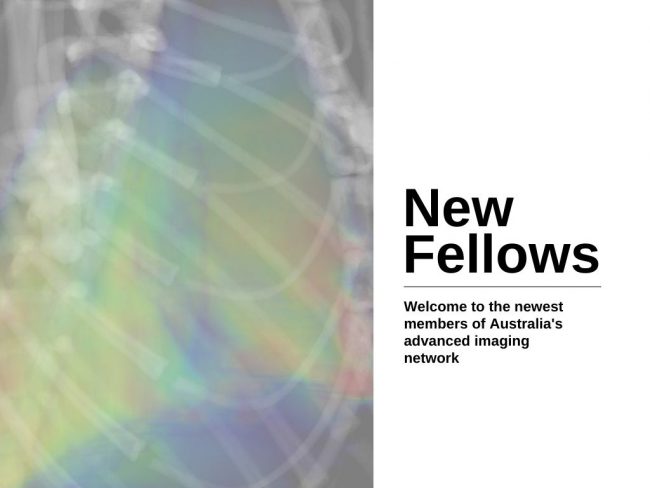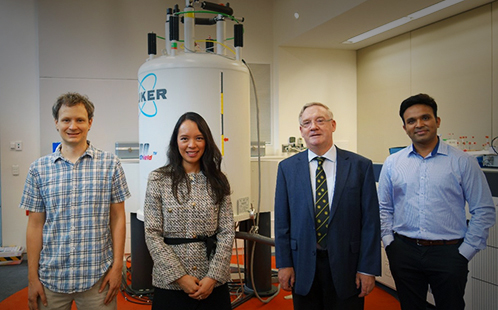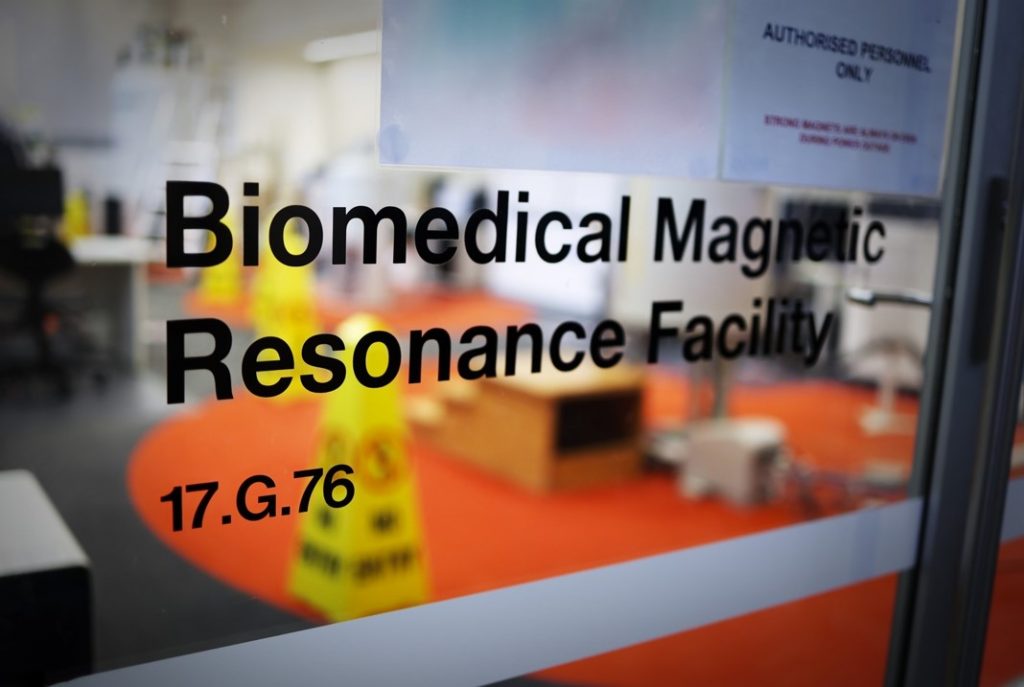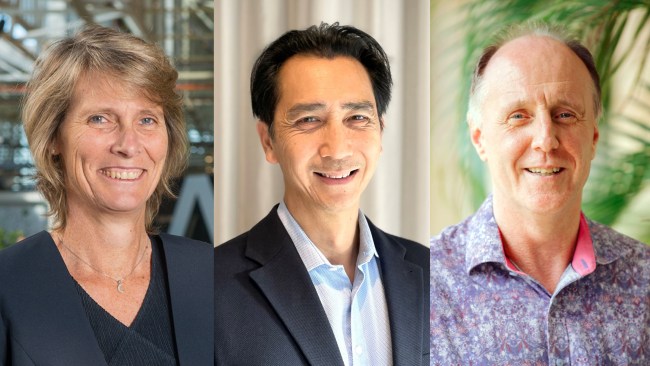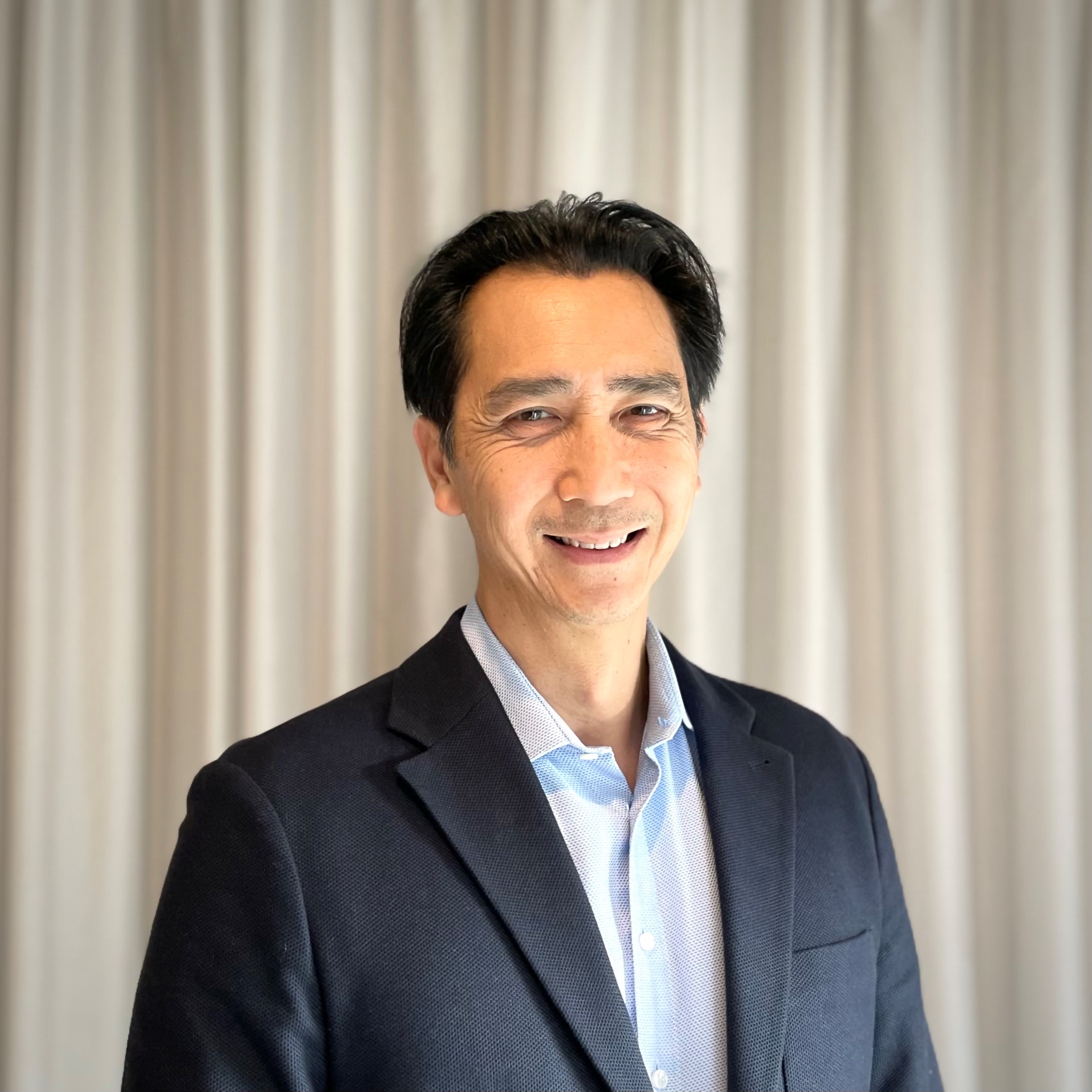#JoinNIF: We’re recruiting a Chief Operating Officer to lead critical core operations
The National Imaging Facility (NIF) has launched a recruitment campaign to find its next Chief Operating Officer (COO).
The COO will be responsible for managing the core activities of NIF, across critical administrative, financial and legal operations, and will lead NIF’s Central Operations team.
NIF provides capabilities that underpin nationally significant and impactful research, which translates to products and benefits for Australians in health, agriculture and new materials.
The work of the COO has significant national reach at a multi-institutional scale, leading the development and operation of NIF’s national governance framework and operational structure across 13 nodes located in five states, in alignment with the NIF vision and mission.
The COO will work closely with the CEO and the Governing Board, facilitating initiatives to deliver a national-scale flagship infrastructure project with international impact.
The COO is responsible for empowering and leading NIF’s high-performing central operations team by facilitating an energetic environment with an open communication culture.
The COO will communicate with and influence a diverse range of stakeholders, extending from Australia’s research community, including scientists, fellows, NCRIS capability peers and government representatives, through to global imaging networks and partners.
The successful applicant will work closely with NIF’s node directors and operations managers to collaboratively develop and enable strategic initiatives.
The ideal candidate will have experience managing financial and legal operations, and working within collaborative, multi-institutional structures to manage and deliver reporting and governance documentation.
The NIF COO will be responsible for the organisation’s strategic management and planning, as well as operational management, including financial, legal and human resources, including:
- Developing and delivering a national operational structure across 13 nodes located in five states, in alignment with the NIF vision and mission.
- Develop, implement and evaluate strategic and operational activity plans for NIF
- Work closely with stakeholders at an Executive University level (PVC, DVC), Commonwealth Government, and State Governments.
- Lead operational management including risk, human resources, financial and legal matters
- Negotiate and maintain key strategic partnerships with internal and external stakeholders, at an executive level.
- Lead the development and implementation of efficient management structures, policies and procedures to enhance and support the vision of the national capability.
- Manage an annual operating budget (up to $15M pa), in addition to $50M+ five-year capital budget and national investment plans.
- Lead the consultations, negotiations and implementation of legal agreements with Partner organisations, Commonwealth Government and other funding partners.
- Meet compliance requirements for the Commonwealth and State Governments, including milestone reporting, operational plan, risk management plan, and compliance with governmental and multi-institutional agreements.





